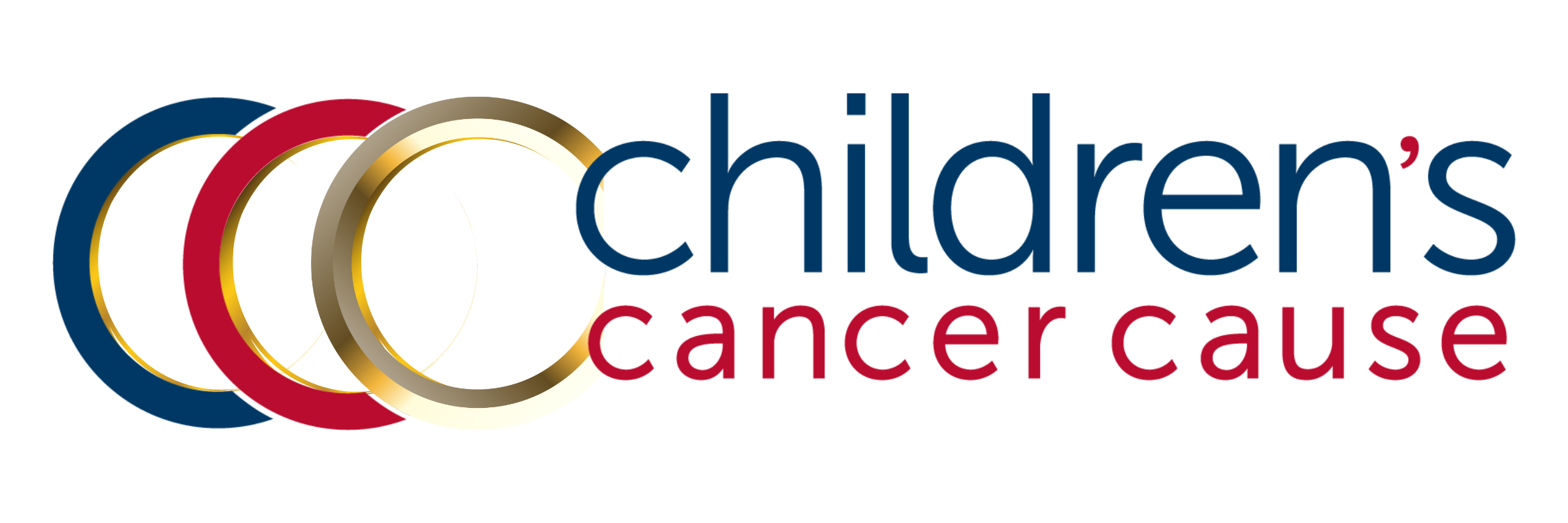Guest Blog: Reflections on Alliance for Childhood Cancer's 2021 Virtual Action Day
Rachel McCallum is a long-term survivor diagnosed with Anaplastic Astrocytoma of the 4th ventricle of the brain stem in 1993. Her experience as a long-term survivor has encouraged her to become an advocate for others like herself who have struggled with the transition from pediatric patient to independent adulthood.
This is the seventh in a series of guest blog posts by Rachel. Catch up on her earlier posts here.
In this post I’m going to share my experiences as a first-time “lobby day” advocate. The Children’s Cancer Cause sponsored my participation in this week’s Alliance for Childhood Cancer 2021 Virtual Action Day. There was a webinar a week before where we learned the basic talking points to tell our local members of Congress. We were to tell our personal stories to emphasize the importance of the funding, and then ask for exact dollar amounts for the National Institutes of Health (NIH) , the National Cancer Institute (NCI) , the Children’s Cancer Date Initiative (CCDI) and the Childhood Cancer STAR Act for fiscal year 2022.
If you weren't able to join us for these Hill meetings, you can still take action from home by writing to Congress on these critical issues. The Children’s Cancer Cause’s action alerts make it quick and easy:
Though advocates participate in these lobby days to tell their personal stories - and that is critical for ensuring that Hill staff understand that these are real and deeply personal issues - the ‘ask’ for exact dollar amounts is important for the sake of getting through government bureaucracy. Parents, survivors and healthcare professionals appeal to the human condition with their stories, but at the end of the day, members of Congress have to go through a complex appropriations process in order to fulfill these funding needs. (What do you know? I just used something from my grad school policy class.)
I met with a total of 4 Congressional staff members on Tuesday:
My first Zoom meeting was at 9:00 AM. At least that was Pacific time, not East Coast, but it was still difficult to wrap my head around getting up at a decent hour when there were few days over the past year I’d bothered to do so. Just another way that things have been so far removed from “normal” during the pandemic.
It’s difficult to imagine what “the real deal” would’ve been like, because it’s difficult for me to come up with the money for a trip to D.C. — even in “the best of times.” Part of the fun of live advocacy events like this is meeting people from across the country and getting to know one another over lunch or casual breaks, exchanging information, and keeping in touch over time.
We still technically got to see each other face to face, and we have all the tools to connect online… So why did it feel so impersonal and rushed?
Each Congressional staff member we met with had limited time to meet with us. The meetings were between fifteen and thirty minutes each, depending on what other meetings and responsibilities each individual staff member had. We often had just a couple of minutes to put our thoughts together before the Congressional staff member showed up. Based on the short amount of time we got to speak with each staff member, I can only imagine how busy members of Congress themselves are! There may be some members in small, rural areas who are able to get to know their constituents personally, but being from the Los Angeles area, mine certainly aren’t.
I asked organizers if I could meet with one of my personal heroes - Representative Katie Porter - but it wasn’t in the cards. She represents suburban South Orange County where my parents live. I voted her into office, and she’s become pretty well known as a member of the House. There weren’t any other advocates from her district participating in the event and when I asked for the meeting a week ahead of time, it was unfortunately too late to get it scheduled.
I did tweet at her later. I just said I hoped she’d support fully funding the STAR Act, even though we weren’t able to meet. (I forgot to ask her to join the House Childhood Cancer Caucus, but we’ll see if I get a response to the first request and go from there.)
That's a wrap on #ActionDay2021. 4 Successful Zoom meetings with congressional staff members in order to share the importance of continuing to fund the #ChildhoodCancer STAR Act.
— Deafinitely Fed Up (@RMMcCallum) April 27, 2021
The Alliance was very good about encouraging us to use social media tools. I connected with other advocates on LinkedIn, Facebook and Twitter by using the hashtag #ActionDay2021 throughout the day. The Alliance even provided sample posts that we could copy and paste to address our specific senators and representatives in Congress.
One such example was as follows: “I’m joining more than 300 advocates from 39 states today for #ActionDay2021 to ask Congress to fully fund the Childhood Cancer STAR Act, the most comprehensive childhood cancer bill in history, for a 4th straight year.”
It’s the 21st century, and most members of Congress probably have someone on staff whose primary responsibility is managing their social media presence. I’ve been attempting to widen my own reach as an online advocate, and #ActionDay2021 definitely helped - along with my continuing guest series here on the Children’s Cancer Cause Blog.
About the Alliance for Childhood Cancer: The mission of the Alliance for Childhood Cancer is to provide a forum of national patient advocacy groups and medical and scientific organizations which meets regularly, shares ideas and concerns, and works collaboratively to advance research and policies to prevent cancer, and improve public education, and the diagnosis, treatment, supportive care and survivorship of children and adolescents with cancer.


